The Obelisco – The Heart of Buenos Aires
Walking through the bustling streets of Buenos Aires, it’s impossible to miss the towering presence of the Obelisco. This striking monument, standing 67 meters tall, is more than just an architectural marvel—it’s a symbol of the city itself. Built in 1936 by Argentine architect Alberto Prebisch, it was erected to commemorate the 400th anniversary of the city’s foundation. Located at the intersection of two major avenues, the Obelisco marks the very spot where the national flag of Argentina was first raised, making it a site of deep historical significance. Over the years, the Obelisco has become a focal point for the city’s vibrant energy. Whether it’s joyous celebrations, passionate protests, or dynamic cultural gatherings, this landmark has witnessed the heartbeat of Buenos Aires. Tourists and locals alike consider it a must-visit, not just for its historical value but for the unique experience it offers. Standing before this towering structure, one can truly feel the pulse of the city, where history and modern life blend.

Pirámide de Mayo – The Oldest Monument in the City
In the heart of Buenos Aires, the Pirámide de Mayo stands as a timeless reminder of the city’s revolutionary past. Located in the iconic Plaza de Mayo, this is the oldest monument in the capital, having been built in 1811. It proudly commemorates the May Revolution of 1810, a pivotal moment when Argentina took its first steps toward independence from Spain. This historic landmark has silently observed the shifting tides of history, witnessing everything from political uprisings to grand national celebrations that have shaped the nation.
Visiting Plaza de Mayo is like taking a step back in time. The square itself is surrounded by architectural gems, including the grand Casa Rosada and the historic Cabildo. Together, they form a setting where every corner tells a story, allowing visitors to truly walk through history. Standing before the Pirámide de Mayo, one cannot help but reflect on the many historical events that unfolded in this very place. It is more than just a monument—it is a silent witness to the resilience and spirit of Argentina.
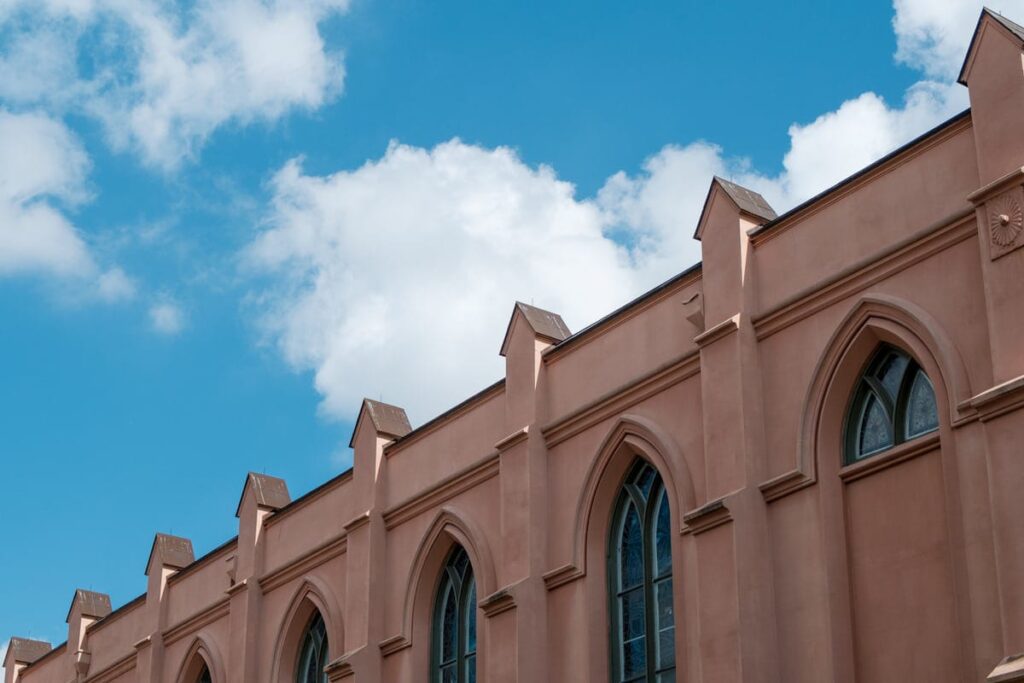
Puente de la Mujer – A Tribute to Tango and Modernity
While Buenos Aires is known for its rich history, it also embraces modernity in remarkable ways. One of the finest examples of this is Puente de la Mujer, or the Women’s Bridge, located in the heart of Puerto Madero. This stunning footbridge is a perfect blend of art and engineering, designed by the famous Spanish architect Santiago Calatrava. What makes it unique is its rotating structure, a technical masterpiece that adds to its charm.
The bridge itself symbolizes a couple dancing tango, capturing the essence of Argentine culture. As the sun sets, the structure takes on a magical aura, offering a truly breathtaking view of the city skyline. More than just an engineering marvel, Puente de la Mujer is a place of beauty and reflection, where visitors can pause and admire the elegance of both design and tradition.
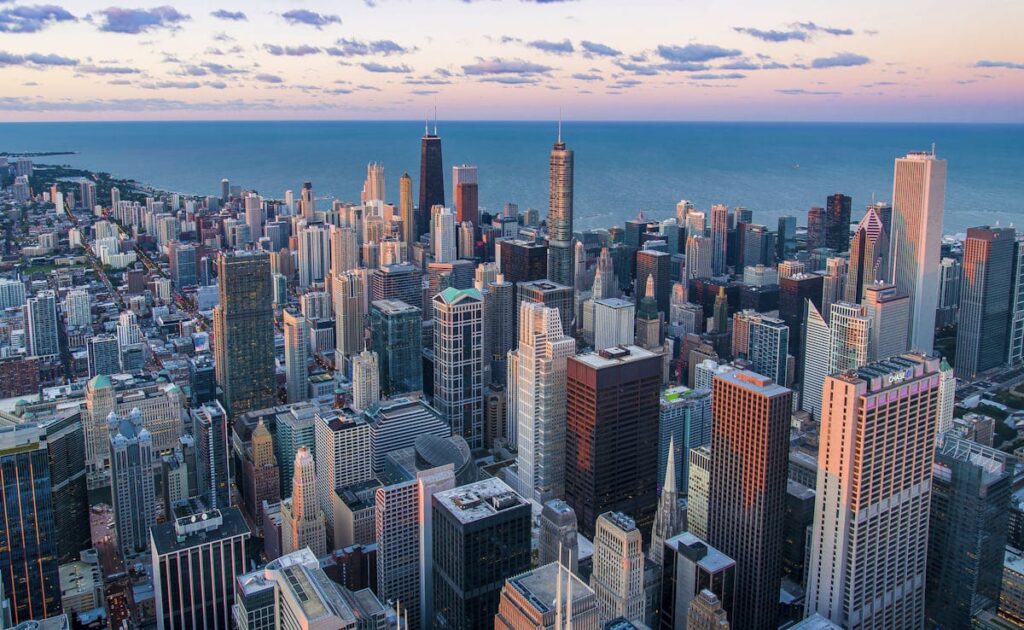
Floralis Genérica – A Living Sculpture
Among the many unique landmarks of Buenos Aires, Floralis Genérica stands out as a masterpiece of modern art and engineering. This 20-meter-high metal flower sculpture was designed to open in the morning and close at night, reflecting the natural rhythm of life. Created by Argentine architect Eduardo Catalano, the sculpture was meant to represent the cycle of life and renewal, capturing the beauty of change in a city known for its rich cultural heritage.
Although the hydraulic system that allowed the petals to move is now inactive, the monument remains a stunning sight. It showcases the artistic ingenuity that defines Buenos Aires, blending technology with creative expression. Whether admired during the day or illuminated at night, Floralis Genérica continues to captivate visitors, reminding them of the delicate balance between nature and innovation in the city.
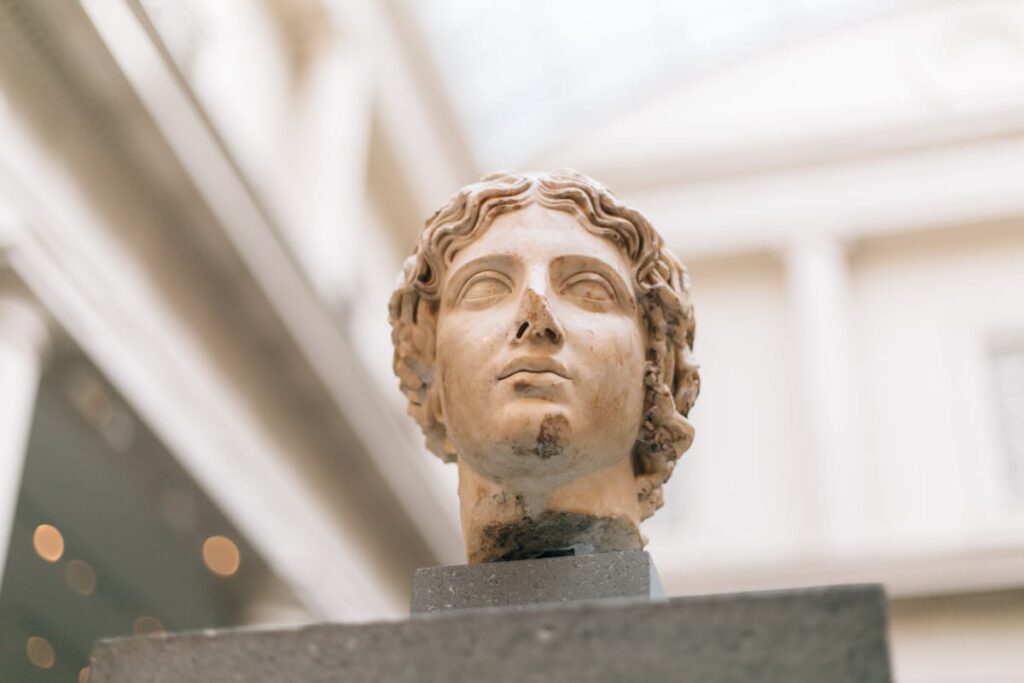
Monument to Juana Azurduy – A Revolutionary Legacy
In the heart of Buenos Aires, a striking tribute stands tall, honoring Juana Azurduy, one of the fiercest female military leaders of the Bolivian War of Independence. This 13-meter-tall statue was a gift from Bolivia to Argentina in 2015, symbolizing the deep historical ties between the two nations. Azurduy fought bravely against Spanish rule, leading indigenous troops into battle, becoming a key figure in the fight for independence.
Her monument, placed near Casa Rosada, is more than just a sculpture—it is a powerful representation of Latin America’s struggle for freedom. Standing before it, visitors can feel the weight of history, as her legacy continues to inspire those who believe in resilience and courage.

Monument to General José de San Martín – The Great Liberator
No tour of historical monuments in Buenos Aires is complete without visiting the monument dedicated to José de San Martín, the legendary general who liberated Argentina, Chile, and Peru from Spanish rule. His influence shaped the destiny of South America, and his legacy remains deeply respected across the continent.
Erected in 1862, the statue was crafted by French sculptor Louis Joseph Daumas and later enhanced by German artist Gustav Eberlain, who added detailed reliefs depicting key moments from San Martín’s campaigns. Every element of this tribute reflects the strength and vision of a leader who changed history
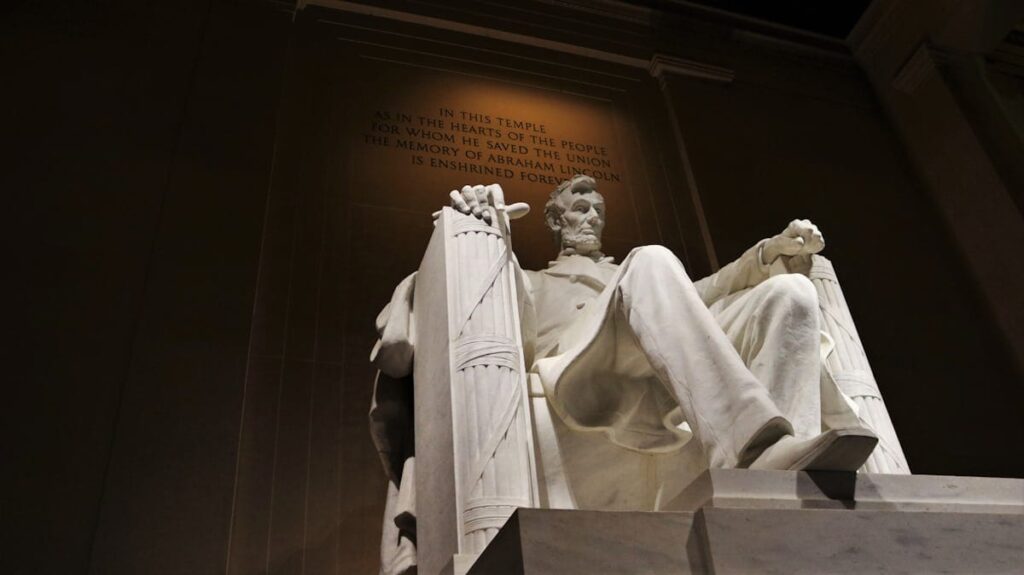
.
Teatro Colón – A Monument to Art and Culture
Teatro Colón is not just a theater; it is a true monument of artistic excellence. Opened in 1908, this opera house is known as one of the finest in the world, celebrated for its renowned, impeccable acoustics and breathtaking architecture. Stepping inside, you immediately feel the elegance and grandeur that define this masterpiece.
Legends like Luciano Pavarotti and María Callas, two of the greatest performers, have graced its stage, leaving behind an unforgettable legacy. Whether you are attending a performance or just exploring, the guided tour offers a glimpse into its lavish halls, grand staircases, and intricate design.
Walking through Teatro Colón is like immersing yourself in a world of elegance and history, where every corner tells a story of passion and dedication to the performing arts. This is a place that truly showcases Buenos Aires’ deep love for culture and beauty.
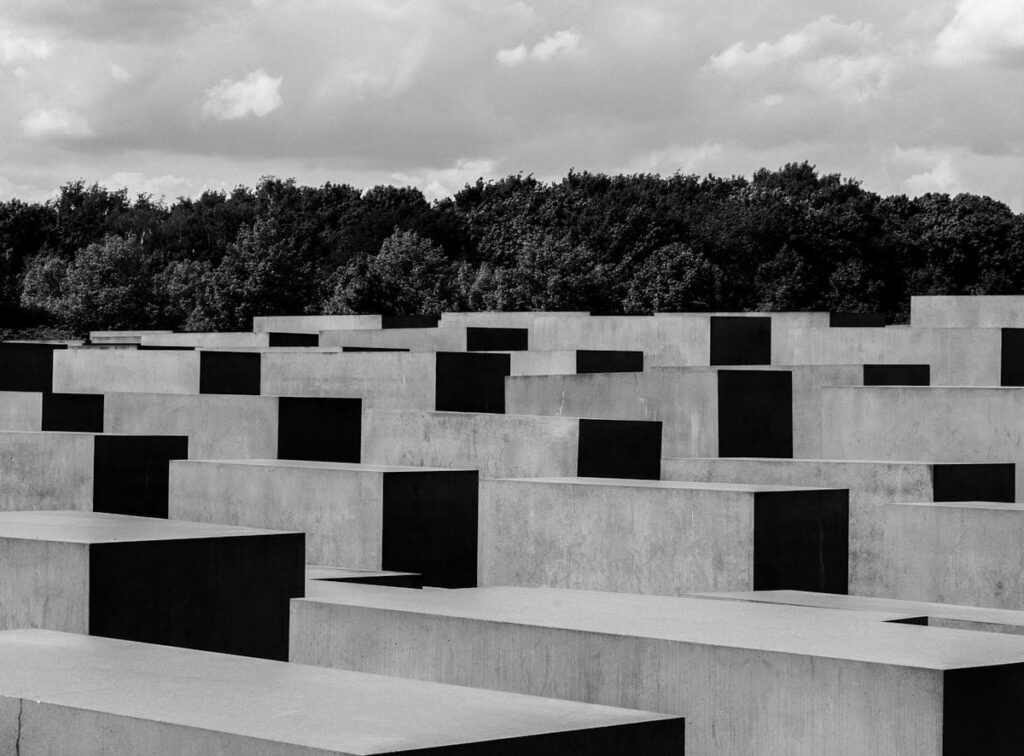

No responses yet